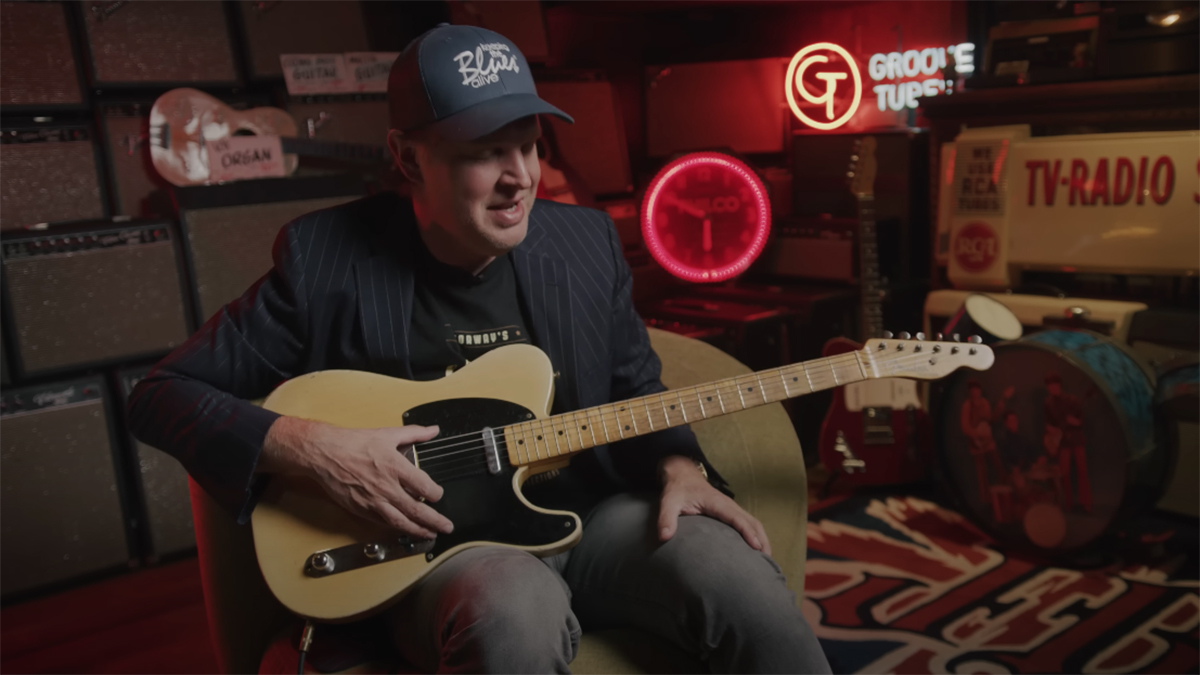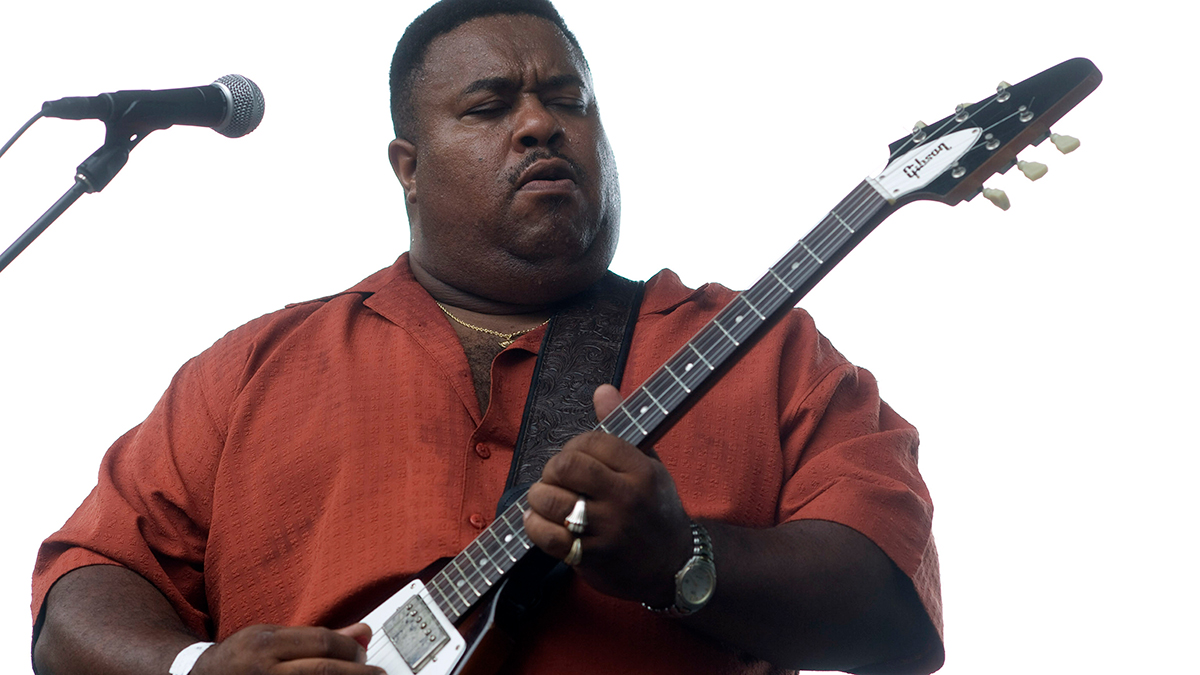“You could do anything with a Telecaster”: Joe Bonamassa shares his Telecaster tone tips and tricks – with the help of an exceptionally rare vintage model

As one of today’s standout melody masters, foremost phrasing aficionados, and most high-profile vintage electric guitar experts, Joe Bonamassa is a man you need to listen to when it comes to learning new tone tips and tricks.
Fortunately for all of us, in a new video with Guitarist, such tips and tricks were the topic of conversation, with the blues guitar virtuoso sitting down to divulge over some of his most important tidbits of tone.
There was a slight twist, though: the following advice is geared largely towards squeezing as much tone out of Telecasters – vintage-wired Teles, to be precise – and for the occasion JoBo called upon the services of an especially historic model from 1954.
But it wasn’t just any vintage Blackguard – instead, it was a model that Bonamassa says he purchased in “one of the strangest guitar deals I’ve ever done”.
As he explains when showcasing his tool for the tips and tricks masterclass, “This happens to be a January of 1954, one of the last of the Blackguards. I bought this from Norm Harris from Norman’s Rare Guitars in one of the strangest guitar deals I’ve ever done.”
Of course, we've heard similar sentiments before from Bonamassa, who recently told the wild story of how he came to possess Tommy Bolin's famed Bolin 'Burst.
Alas, the guitar collector doesn’t disclose the full story here, but does tease that it involved numerous back and forths between himself, Harris and the granddaughter of the original owner.
All the latest guitar news, interviews, lessons, reviews, deals and more, direct to your inbox!
“[Harris] made $9,000 in three trips around his store,” Bonamassa says. “That’s all I will disclose.”
As for the lesson at hand, why is a vintage-spec’d Tele important? As Bonamassa explains, the wiring of a vintage model is different from modern examples, giving way to a popular myth of three distinct sounds from the three-way switch.
These include the dead sound of position one (neck pickup with a capacitor), the neck single-coil on its own in the middle position, and “full-on lead pickup” in the bridge position. There is a secret fourth sound, though, accessible by wedging the selector switch between two positions.
With that covered, Bonamassa then addresses the influence that the ashtray pickup cover has on overall tone, the practice of “Violin-ing” a la Jeff Beck, and the benefits of flat-pole Telecaster bridge pickups.
JoBo rounds things up by sharing his opinion on the Telecaster platform, calling it “one of the most versatile things”.
“You could do anything with a Telecaster,” he gushes. “It really is one of the most versatile things, but it's also daunting because there's not a lot of options. If you could make a gig work with one of these, or an Esquire, then you can make anything work. It's one of the best tools you could ever buy.”
Watch the full lesson in the video above, and for more from JoBo, check out his guide to 6 up-and-coming blues guitarists you need to hear.

Matt is the GuitarWorld.com News Editor, and has been writing and editing for the site for five years. He has a Masters in the guitar, a degree in history, and has spent the last 19 years playing everything from blues and jazz to indie and pop. During his GW career, he’s interviewed Peter Frampton, Zakk Wylde, Tosin Abasi, Matteo Mancuso and more, and has profiled the CEOs of Guitar Center and Fender.
When he’s not combining his passion for writing and music during his day job, Matt performs with indie rock duo Esme Emerson, and has previously opened for the likes of Ed Sheeran, Keane, Japanese House and Good Neighbours.

